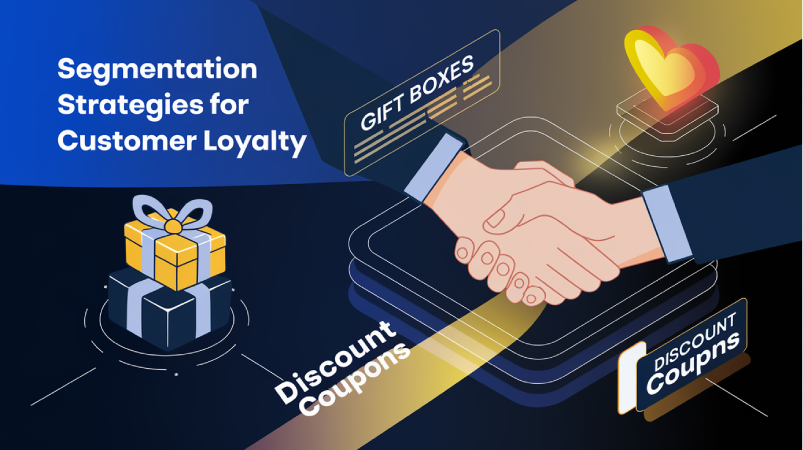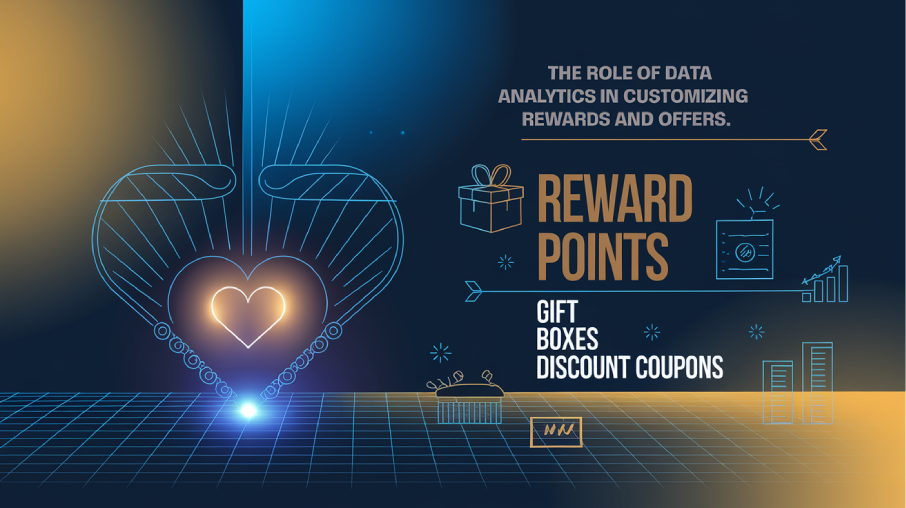
In today’s competitive marketplace, customer loyalty programs play a pivotal role in retaining customers and enhancing their lifetime value. To tailor these programs effectively, businesses increasingly rely on various segmentation strategies enabled by data analytics. This approach allows companies to deliver personalized experiences that resonate with individual customer needs and preferences, significantly boosting loyalty and engagement. Let’s explore key segmentation techniques such as demographic, behavioral, and psychographic segmentation and how they can be leveraged to refine loyalty programs.
Demographic Segmentation
Demographic segmentation is one of the most basic yet powerful forms of customer segmentation. It involves grouping customers based on variables such as age, gender, income, education level, marital status, occupation, and ethnicity. Despite its simplicity, demographic data provides valuable insights that can help businesses design loyalty programs that cater to the specific needs and preferences of different customer groups.
For example, a luxury brand may target high-income individuals with exclusive rewards, while a brand focusing on young adults might leverage trendy offers and dynamic social media campaigns. By understanding the demographic profiles of their customers, businesses can tailor their communications and rewards, making them more relevant to each segment.
Behavioral Segmentation
Behavioral segmentation dives deeper into customer interactions with the brand by analyzing their purchasing behaviors, usage rates, product preferences, feedback, and loyalty program interactions. This type of segmentation is dynamic, as it evolves with the customer’s ongoing interactions and transactions with the brand.
Key behavioral metrics often include purchase frequency, average order value, brand loyalty, and product usage. Utilizing data analytics, companies can identify patterns and trends in customer behavior that signal different needs and preferences. For instance, frequent purchasers might be rewarded with VIP status and exclusive perks to reinforce their loyalty, whereas occasional shoppers could be incentivized with discounts or special offers to increase their purchase frequency.
Psychographic Segmentation
Psychographic segmentation considers the psychological aspects of consumer behavior which includes customer lifestyles, values, interests, and attitudes. By analyzing these deeper layers, businesses can align their loyalty programs with the intrinsic motivations and values of their customers.
For instance, a brand that identifies a large segment of environmentally conscious consumers might implement a loyalty program that rewards customers for making sustainable purchases or participating in eco-friendly initiatives. This not only boosts engagement but also strengthens the brand’s relationship with customers by aligning with their personal values.
Implementing Segmentation in Loyalty Programs
The implementation of these segmentation strategies in loyalty programs requires a robust data analytics infrastructure. Here’s how businesses can execute this:
-
Data Collection: Gather comprehensive data across various customer touchpoints. This includes transaction history, social media interactions, survey responses, and website analytics.
-
Data Analysis: Use advanced analytics tools and techniques to sift through the data and identify meaningful patterns or segments. Machine learning algorithms can be particularly effective in uncovering less obvious segments based on complex behavioral and psychographic patterns.
-
Program Design: Design loyalty program offers and communications specific to each segment. Customize rewards, communications, and possibly even membership tiers to cater to the distinct characteristics of each segment.
-
Testing and Optimization: Continuously test different approaches within each segment to determine what works best. A/B testing can be particularly useful in refining the loyalty program offerings to maximize engagement and loyalty.
-
Feedback Loop: Establish a feedback loop where customer responses and program performance data are continuously fed back into the system. This helps in further refining the segmentation and personalization of the loyalty program.
Conclusion
Effective segmentation through data analytics allows businesses to create highly personalized and engaging loyalty programs. By understanding the distinct needs and preferences of different customer segments, companies craft targeted strategies that significantly enhance customer loyalty and retention. The ability to personalize customer experiences and rewards through sophisticated segmentation is becoming increasingly critical in winning customer loyalty.
of our story
hr@annexcloud.com

















